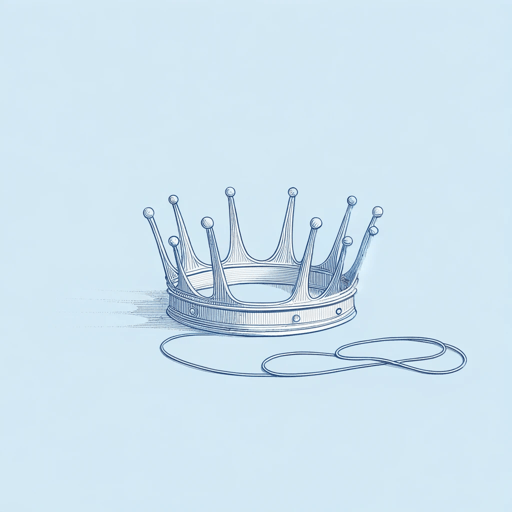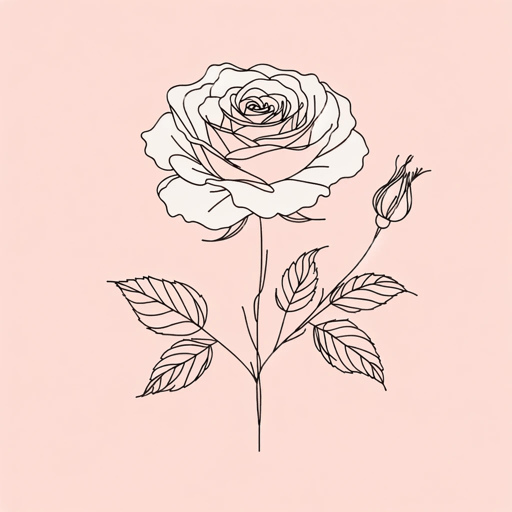18 pages • 36 minutes read
William ShakespeareSonnet 1
Fiction | Poem | Adult | Published in 1609A modern alternative to SparkNotes and CliffsNotes, SuperSummary offers high-quality Study Guides with detailed chapter summaries and analysis of major themes, characters, and more.
Further Reading & Resources
Related Poems
“Whoso List to Hunt, I Know where is an Hind” by Thomas Wyatt (1557)
Wyatt’s loose translation of a Petrarchan sonnet appears in the anthology Tottel’s Miscellany, which helped increase the popularity of the sonnet in Renaissance England by reviving this centuries-old poetic form. Shakespeare’s sonnets draw on this long tradition, coming at the tail end of the sonnet’s resurgence in the 16th century.
“Sonnet 130” by William Shakespeare (1609)
“Sonnet 130,” which comes much later in Shakespeare’s sequence, offers a useful contrast to “Sonnet 1.” Unlike the young man of “Sonnet 1,” who is described with imagery of light and brightness, “Sonnet 130” is addressed to a dark lady, described as the opposite of the young man. Her dark eyes, hair, and skin shroud her in mystery and create a different power dynamic between speaker and addressee.
The Romance of the Rose by Guillaume de Lorris and Jean de Meun (c. 1230-1280)
Shakespeare’s use of rose imagery in “Sonnet 1” draws on a long poetic tradition of metaphorizing this flower. In The Romance of the Rose, a long narrative allegory about romantic and sexual love, roses are a much more direct symbol: When a male lover goes on a quest to pluck a rose, the plucking represents a sexual encounter, with the rose resembling the vulva.
Related Titles
By William Shakespeare

All's Well That Ends Well
William Shakespeare

A Midsummer Night's Dream
William Shakespeare

Antony and Cleopatra
William Shakespeare

As You Like It
William Shakespeare

Coriolanus
William Shakespeare

Cymbeline
William Shakespeare

Hamlet
William Shakespeare

Henry IV, Part 1
William Shakespeare

Henry IV, Part 2
William Shakespeare

Henry V
William Shakespeare

Henry VIII
William Shakespeare

Henry VI, Part 1
William Shakespeare

Henry VI, Part 3
William Shakespeare

Julius Caesar
William Shakespeare

King John
William Shakespeare

King Lear
William Shakespeare

Love's Labour's Lost
William Shakespeare

Macbeth
William Shakespeare

Measure For Measure
William Shakespeare

Much Ado About Nothing
William Shakespeare

